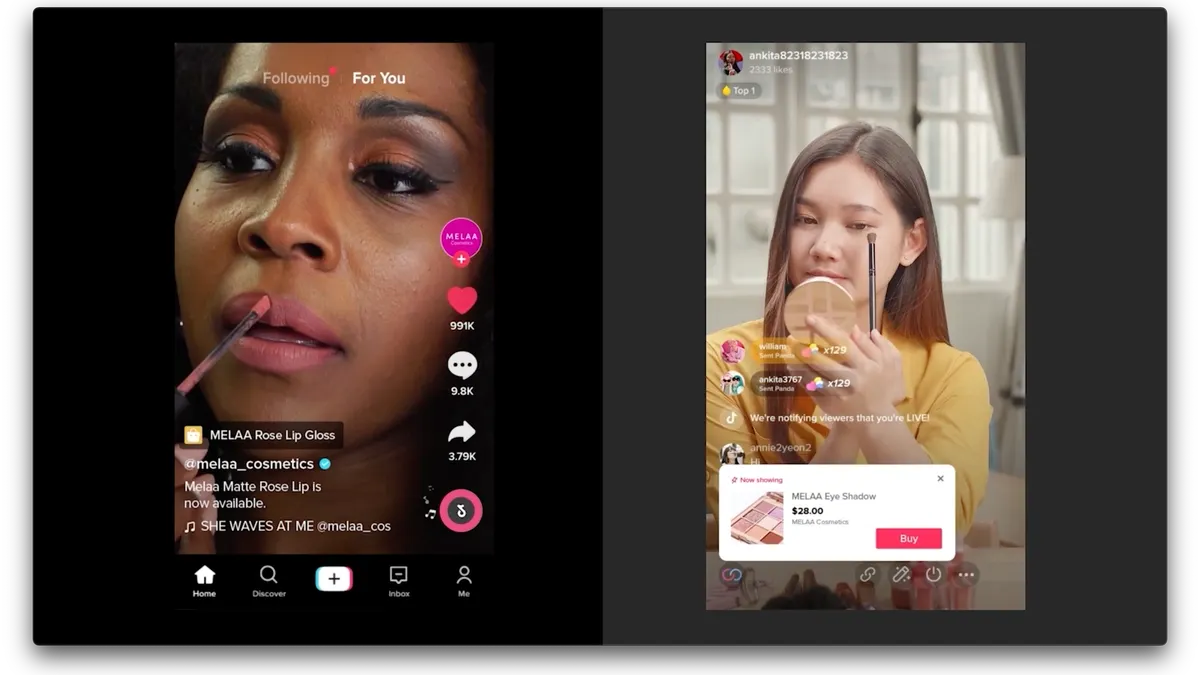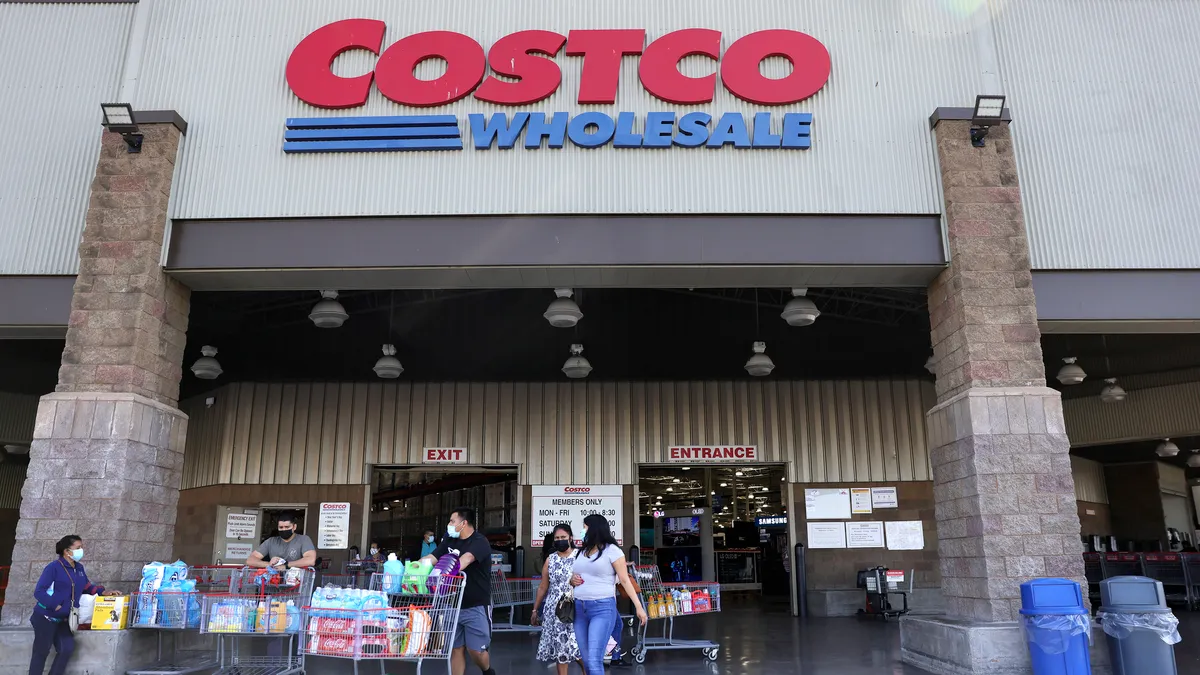A job in retail was never just about folding clothes and checking out customers, but nearly all aspects of retail jobs have changed. The “Can I help you?” “Just looking!” mantra is over when it comes to customer service in a physical store. Social media has transformed opportunities for customer interactions that can make or break the consumer-retailer relationship. And when all else fails, American consumers still expect prompt, helpful service on the phone.
To handle all that responsibility, plus the added demands of speedy fulfillment, sales, and more in the new omni-channel world, retailers need good employees everywhere in their companies. And according to the Bureau of Labor Statistics, they need a lot of them. As of the end of last year, there were 350,000 retail job openings. Finding the right people to fulfill the pledge your brand makes to its customers means finding people with the right attitude, personality, and skills to meet the demands of your customers.
Effective communication in social media, for the most part, is breezy, fun, and to the point. But it is not necessarily a shortcut. In fact, it can be more difficult to get your point across in a short tweet or Instagram post than in a recruiting pamphlet, or all that space you've become used to on your website. The same attention you give to the brand, describing your corporate culture, and outlining job responsibilities must be reflected in a 40-character tweet.
Still, done right, omni-channel recruiting can help retailers find just the people to be the faces and voices of their companies, and get the job done. Here, a quick guide.
LinkedIn remains the gold standard here, with some 300 million users and at least 2 million groups. People of all ages and range of experience expect jobs to be listed on this site, and that’s where they’ve posted their own resumes, as well. It may be easier to find more experienced candidates or to fill higher-level positions using this site: 62% of LinkedIn job seekers are over the age of 40, and 51% earn salaries over $75,000. But it’s now also the go-to resource for finding and researching recent college graduates.
Most likely, candidates are on their best behavior on LinkedIn and put their best foot forward. That means you won't get a lot of intelligence on any off-hours behavior, but you'll find a comprehensive list of education and experience. For recruiting, there’s plenty of room to specify all the qualities you want in an employee and the specifics of the job.
Twitter is also increasingly a place to find a job and therefore, a good place to recruit. Tweets, though, are designed for the pithy. In addition, it can be somewhat unwieldy to get the word out about any job because everything depends on numbers of followers and retweets.
When Tweeting you must be succinct. Fit your message into 40 characters and avoid using “leetspeak” like “u” for “you” or “R” for “are.” They actually make tweets harder to read and expose users as somewhere between clueless and trying too hard. Definitely do use #hashtags, which will take up some of your precious tweet space, but are the only way to get your tweets seen by #retail #jobs seekers and retweeted more often. Use Twitter’s advanced search tools to develop hashtags and searches.
One advantage of Twitter, which is also true to some extent on Facebook and Instagram, is that your recruiting team can get a peek into a candidate’s social life and demeanor to see if they match with your company.
That's true for potential job seekers, though, too. Just as social media is a two-way street with your customers, it's the same with people thinking of working with your company. Make the effort to be sure your social media actions, which after all are public, reflect your brand and your ideal work environment.
Pinterest for most of its existence has been geared toward pursuits like home decor, recipes, art, crafts, photos, and recipes because of its superb visuals and the general interests of its users. But increasingly, job seekers are pinning their resumes on the site, seeking out opportunities for employment. Target, in fact, found a designer-blogger for its new program of design partnerships through Pinterest. The mega-retailer has unveiled a party decorating line by Joy Cho, whose blog “Oh Joy!” boasts more than 13.6 million Pinterest followers, compared to Target’s less than 150,000.
By far surpassing all others in social media is, of course, Facebook, which turned 10 this year and is used by 1.11 billion people each month. Facebook certainly seems like an obvious recruitment platform. After all, all major brands have a presence there already, and even with younger people feeling ambivalent about using it much, they're still using it.
But how to recruit there is less clear. Certainly, career site pages should be transparent and reflective of your brand. And, as with product or brand pages on Facebook, the administrator should be responsive. Social media is social; if you don’t want to interactive with prospective job seekers through social media, it’s best to have them get in touch with you in other ways.
Although it's less public than Twitter, it's possible to learn about job applicants via their Facebook pages. Facebook also makes it easy to make your recruitment page interactive: You can create games or reward programs for referrals that end up getting hired. That will get people — including your current employees — thinking hard about good people who should be on your payroll.
The same rules apply when it comes to Instagram, the photo-and video-sharing site. Instagram is hot right now, and, as a result, a bit of a hot mess. But it's photo-centric feel means you must take care to present excellent photo and design. Clarity will help burst through the clutter.
Google+
Interest in Google+ has continued to ebb and flow, and it's proven to be a great place to recruit employees in the tech sector. If you are leveraging social media to recruit employees in retail, however, there's no reason to skip this one, which has 540 million active users and is run by one of the the world's biggest search engines.
One more thing: Mobile
You may not have thought about this in your human resources department, but another thing that is true for recruiting just as it is with e-commerce? More and more job seekers are accessing job boards and looking for information on their phones. If you want job seekers to be able to find your company and its job listings easily, enable applications and web interfaces for mobile.
Would you like to see more retail news like this in your inbox on a daily basis? Subscribe to our Retail Dive email newsletter! You may also want to read Retail Dive's look at the top 6 retail tech companies to follow on Twitter.






















